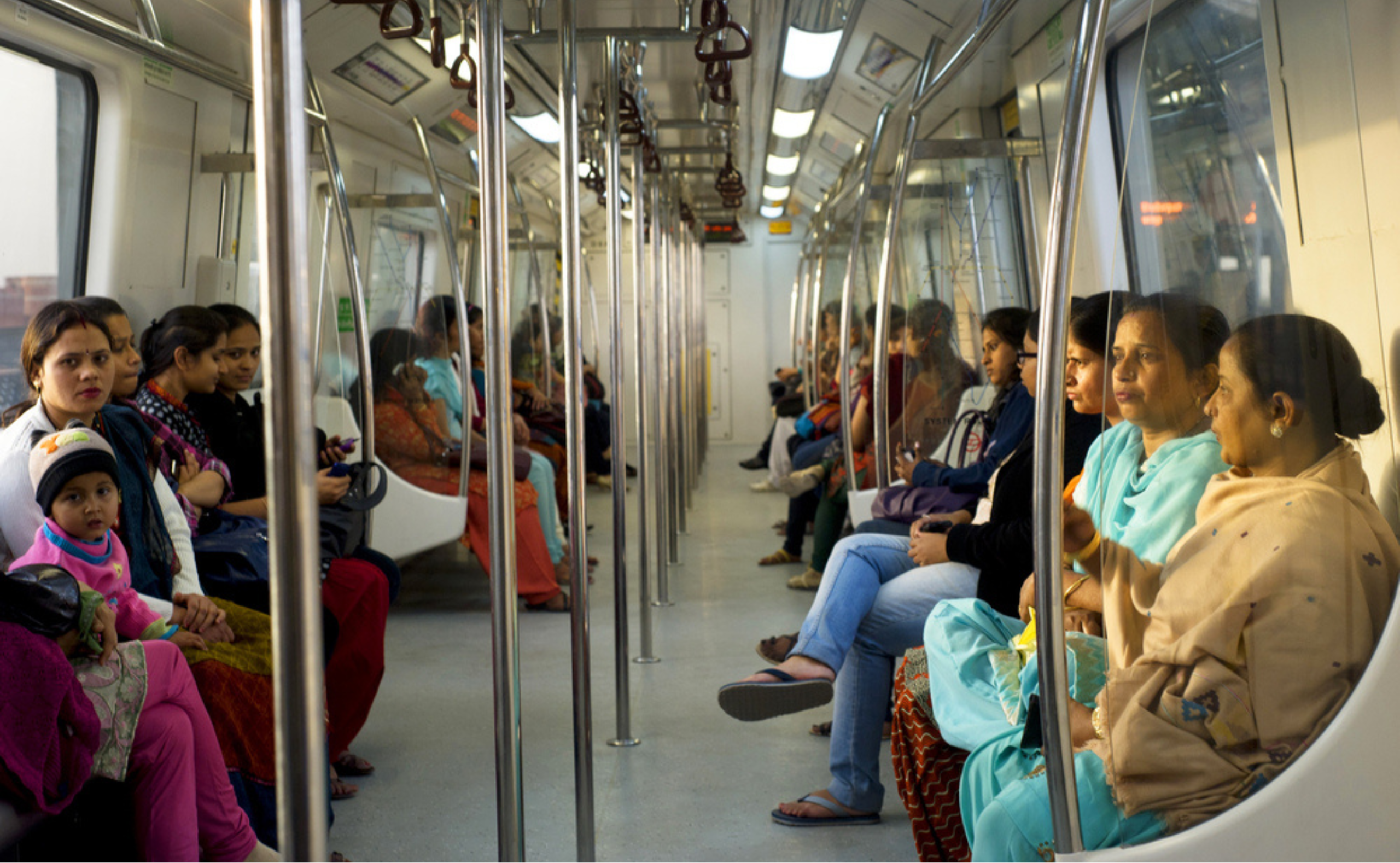 The PRC needs to redirect money away from increasing its external reserves and toward spending on education, health care, and affordable housing to improve the well-being of its citizens.
The PRC needs to redirect money away from increasing its external reserves and toward spending on education, health care, and affordable housing to improve the well-being of its citizens.
The PRC would benefit greatly from an exchange rate regime characterized by a multiple-currency, basket-based reference rate, and a reasonably wide band. Greater exchange rate flexibility would allow more decoupling between PRC and US interest rates, helping the People’s Bank of China (PBOC) to implement monetary policy that is best for the nation.
The PRC’s exchange rate interventions to sustain the export-oriented thrust of the economy are not helpful to the nation for several reasons:
(i) It has become harder to sterilize the base money increases that accompany reserve accumulation. (Sterilization involves selling central bank bills or other assets to keep the monetary base from increasing too fast and to mop up excess liquidity in the banking system.) Partly as a result, inflation in the PRC has risen. Food price inflation in 2011 has exceeded 10%, which has hurt the poor who spend much of their income on food.
(ii) The close link between the yuan and the dollar has led to problems of macroeconomic management. It has caused the PRC’s interest rates to be disproportionately influenced by US interest rates, which have been set by the Federal Reserve at very low levels to fight the economic downturn. With the PRC facing inflationary rather than deflationary risks, low interest rates are not a suitable monetary policy for the PRC.
(iii) Low interest rates also mean Chinese savers earn negative real returns on the massive savings they hold in PRC banks. These negative returns have led to a flight out of money into investments such as real estate, causing property prices to surge.
(iv) Artificially low interest rates reduce the cost of capital. Large corporations and other state-owned enterprises can borrow from the four big commercial banks at a spread of about 3% over deposit rates. Low interest rates relative to the expected returns from investing in physical capital have led to overinvestment. The cheap and plentiful credit flowing to big companies produces capital-intensive growth that is inappropriate for a labor-abundant country such as the PRC.
(v) Low interest rates penalize China’s consumers. Because the range of assets that they can hold is small, savers keep massive amounts of funds in banks. Low interest rates reduce their non-labor income, and thus reduce the amount that they can consume, which is one reason why the PRC’s consumption is less than 34% of GDP.
(vi) Sterilization policy interferes with the allocation of credit via banks. The PBOC often forces banks to hold central bank bills at artificially low rates, reducing bank profitability. In addition, small and medium-sized enterprises (SMEs) are the marginal borrowers in the PRC’s banking system. When the PBOC issues central bank bills or increases reserve requirements to drain excess liquidity, loans to SMEs fall the most. SMEs in 2011 face loan rates as high as 60% per annum. Since SMEs employ 80% of the PRC’s workforce, these difficulties in obtaining credit harm ordinary workers.
(vii) The yield differentials between Chinese central bank bills and US Treasury securities is positive, implying that there are quasi-fiscal costs associated with these operations.
(viii) Accumulating Treasury securities and sterilizing these purchases results in an inefficient allocation of resources. Private and social returns would be much higher if savings were channeled into education, health care, and other domestic investments.
Exchange rate appreciations could cause the economy to contract, but this could be offset by domestic policies such as increased spending on improving education and health care for rural students. These students will be the urban workers of tomorrow, and the better the PRC’s human capital, the more productive the country will be. In addition, research shows that better educated workers are more adept at absorbing new technologies that become available through multinational corporations producing within East Asian supply chains. To facilitate technology transfer, it is vital for students to receive a high-quality education in math and science.
Rural students face many obstacles to learning. Commutes can be long and dangerous. Poor health and nutrition hinder their ability to learn. In addition, high school and college tuition fees are prohibitively expensive. Only one out of four rural students finishes high school and only three out of 100 go to university. In cities, the PRC needs to invest in public transportation, affordable housing, and schools for the children of migrants. These investments would pay much higher returns than buying more US Treasury securities or other external reserves.




